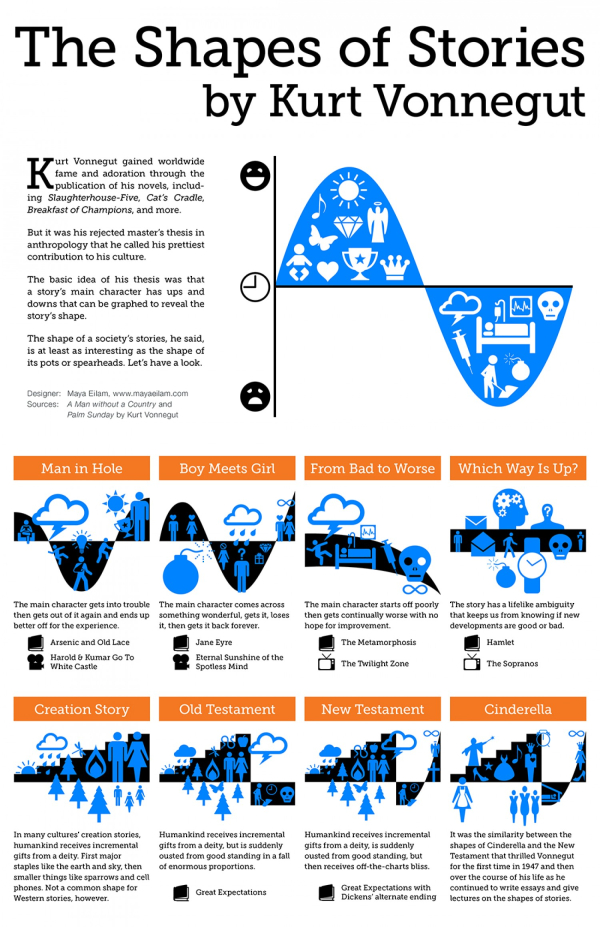I have always believed that you can predict a lot about your future based on the quality of the people you spend the present with.
That is why I think participation in quality peer groups is critical.
Over the years, I joined several business-leader peer groups like Strategic Coach, Abundance 360, and Genius Network. These groups are a great way to meet people and learn things … and they also provide you with access to the benefits of feedback from a group of trusted advisors, perspectives you might otherwise get from a counselor, and a flow of ideas and opportunities that wouldn't have crossed your mind or your desk. They allow participants to see, hear, and discuss things they don't usually think about, talk about, or even notice.
Peer groups are also great at bringing blind spots to your attention and connecting you to trends transforming industries and the world.
In these meetings, you often find a "nugget" in the discussion. Sometimes it stems from what is happening in the world. Sometimes it alerts you to potentially valuable relationships, opportunities, or gadgets. And sometimes, the nugget comes from discussing a common problem or constraint (like the pandemic) with your peers.
This week, several of these groups prompted me to think about time (e.g., not wanting to sell time for money, wanting to live past 100, the "strangeness" of time during the past year, etc.).
Time is funny. Sometimes it seems to fly by … other times, it seems to stand still. Dan Sullivan uses the example of 10 minutes with a dying loved one compared to holding your hand on a stove for 10 minutes. One seems excruciatingly short, and the other seems excruciatingly long.
zefrank via YouTube
The average life expectancy for men in the U.S. is 76.
How many amazing vacations do you have left? How many jaw-dropping moments? How many fantastic meals? How many Super Bowls?
What about time with your parents or older relatives? It's easy to forget to call or miss an important event because "life happens" – but if you realize you may have already used 95% of your in-person time with that person … doesn't it become more special?
For contrast:
- Would you rather spend that time dwelling on a mistake?
- What about being angry at something out of your control?
- What about doing work that drains you mentally and emotionally?
In my TEDx talk, I mentioned "living like you only have a year left" and how much more "life" we got out of the last part of my dad's life.
That is just an example, but clearly, it is worth taking the concept further.
To start, think of some of the activities you do, places you go, experiences you have that are special and make you feel like your best self.
- Hitting Flow-state and creating something new and exciting;
- Taking an amazing vacation and experiencing something completely new;
- Having a moment with someone you love that makes you stop and say – "Wow!"
- Making a difference in someone's day or giving back to your community;
- Experiencing peace and relaxation;
- Feeling pure joy.
It's easy to get lost and take these moments for granted when they happen, but when you think about how much time you have left … they take a whole new meaning.
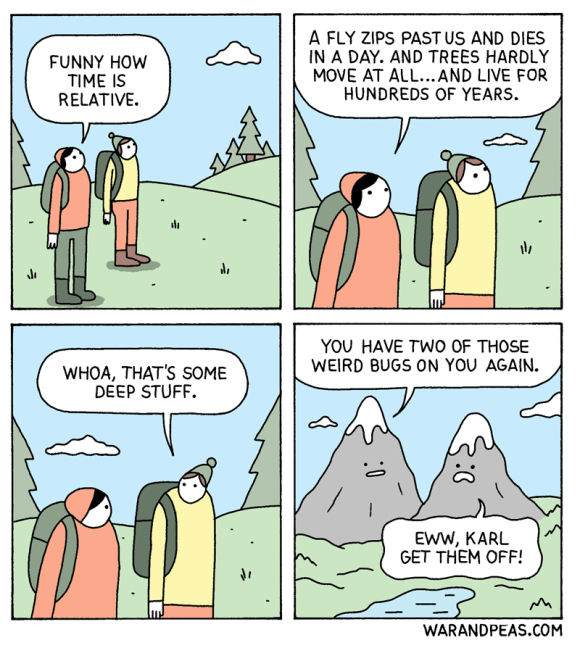 How can you maximize the time you have left? Fill it with the best experiences, activities, and people you can.
How can you maximize the time you have left? Fill it with the best experiences, activities, and people you can.
To start, think about different time frames:
- What activities could you commit to doing at least once a year?
- What activities could you commit to doing at least once a month?
- What activities could you commit to doing at least once a week?
- What activities could you commit to doing at least once a day?
Make those lists … it is a simple way to get a better return on the time value of your life.
Seriously, try it.
Let me know how it worked for you – and what you chose!

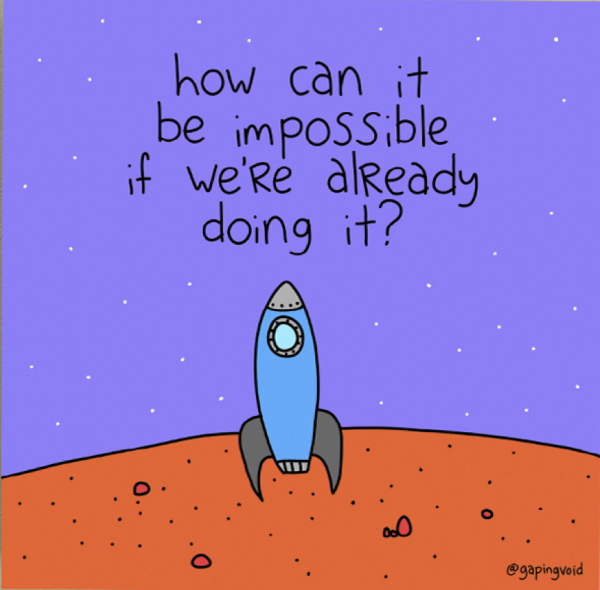
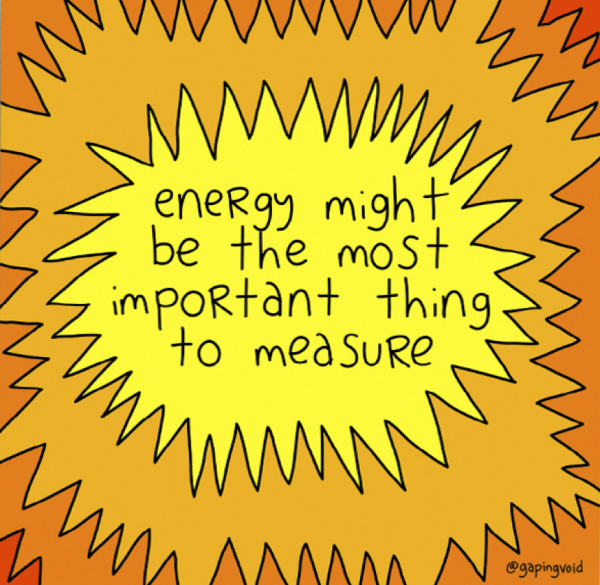
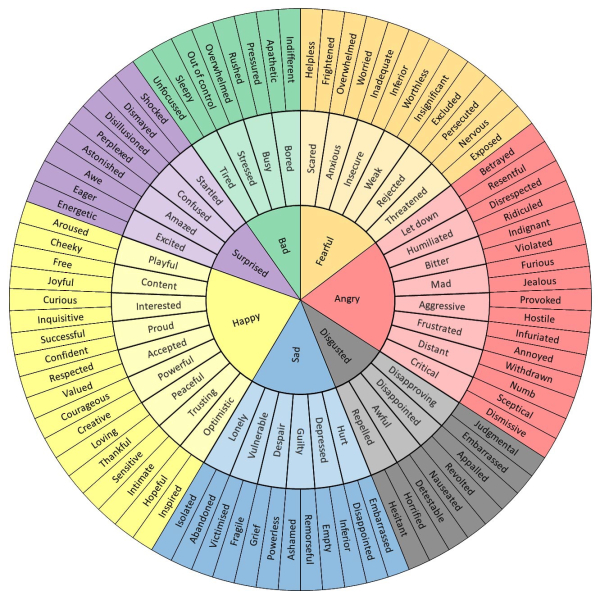

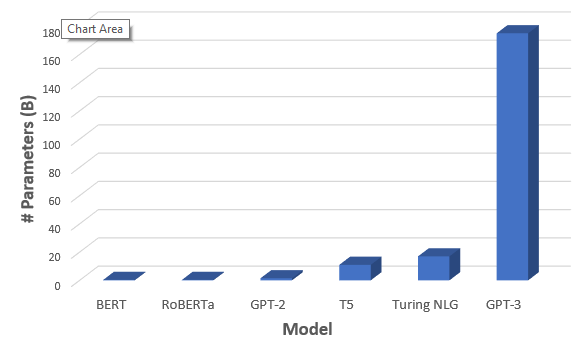 via
via 